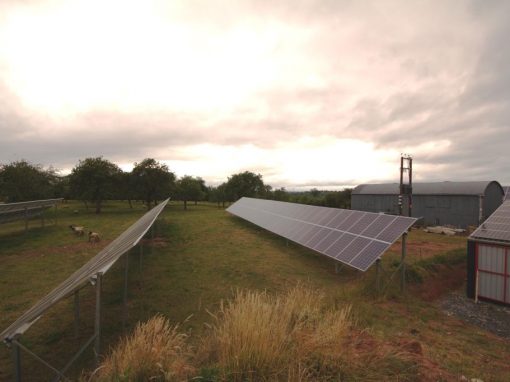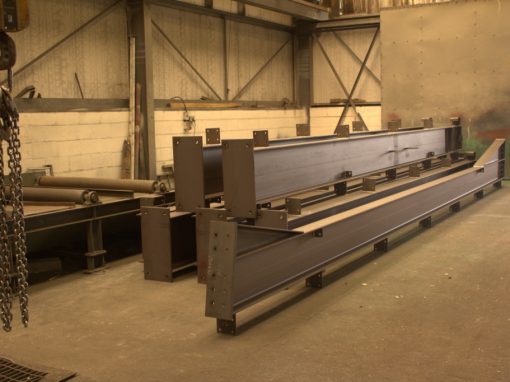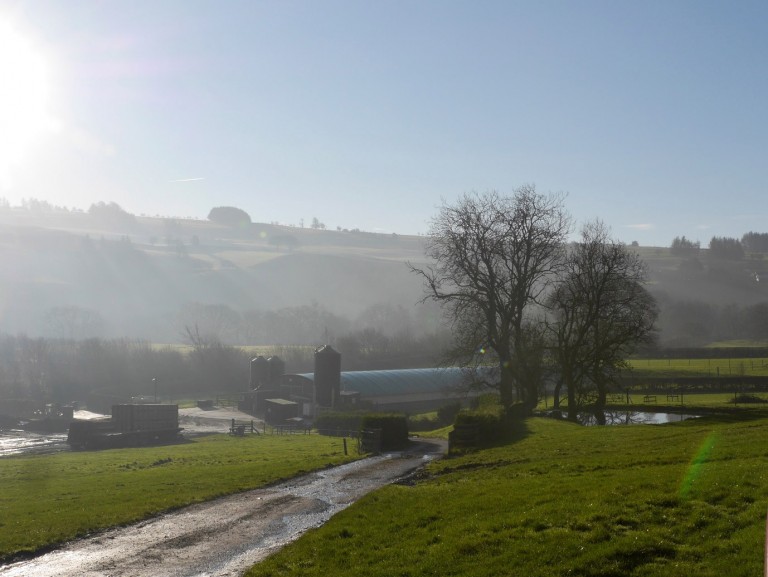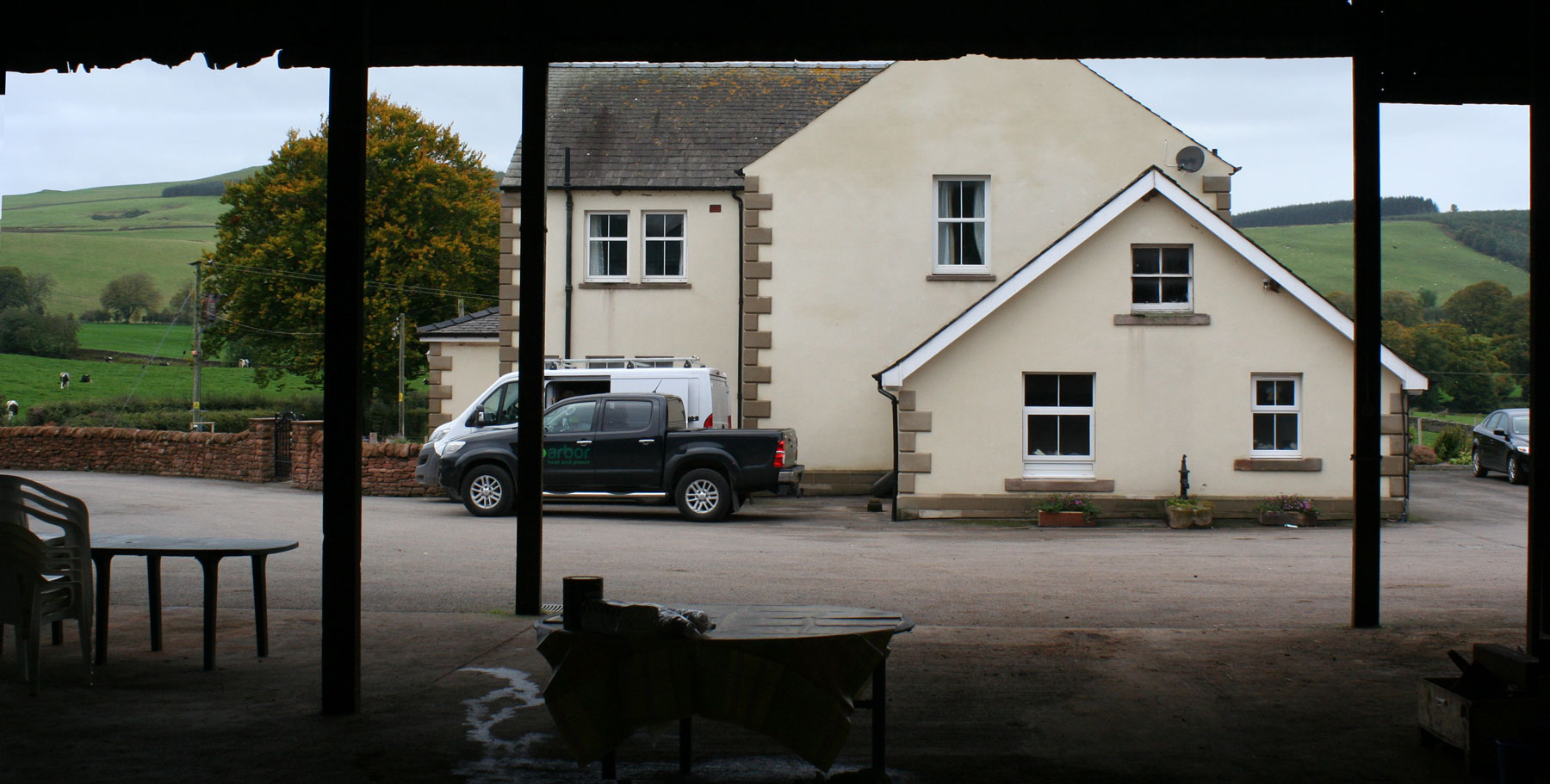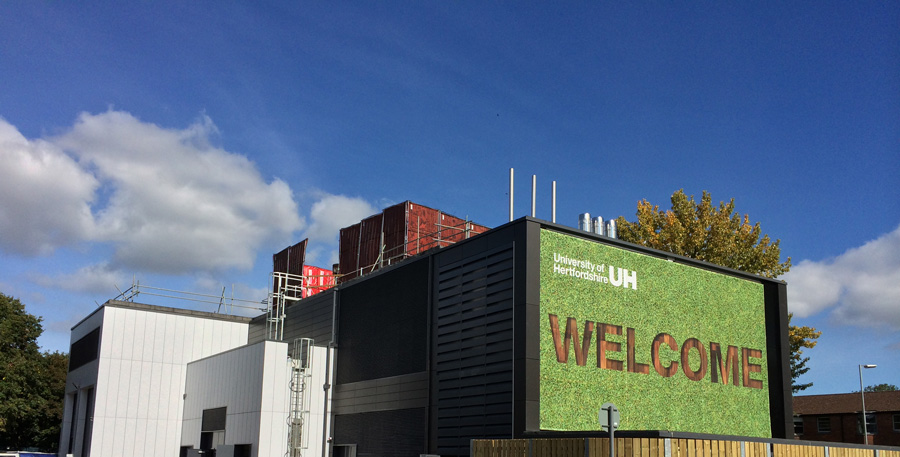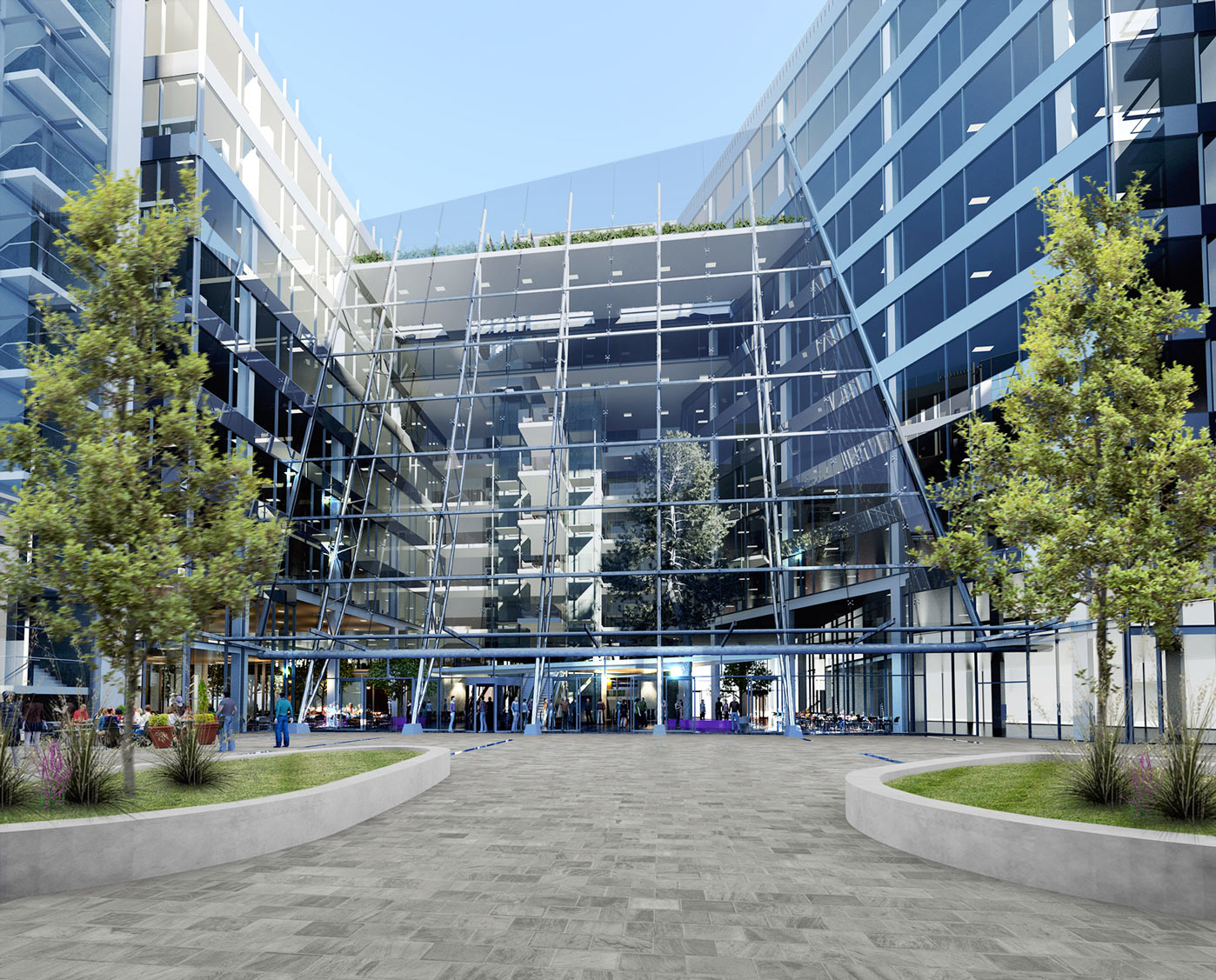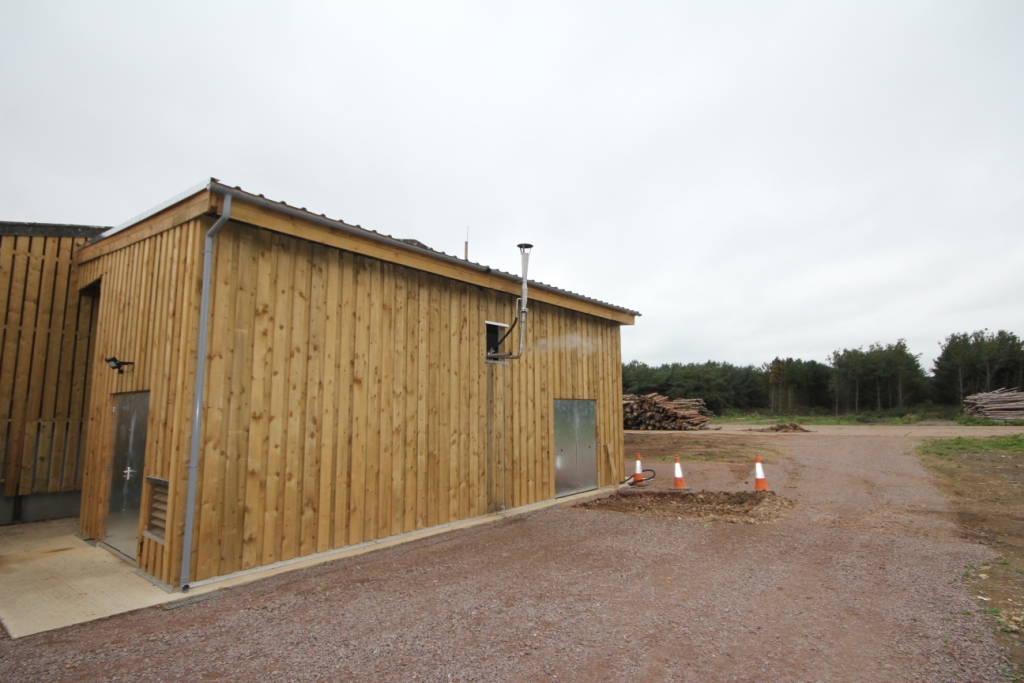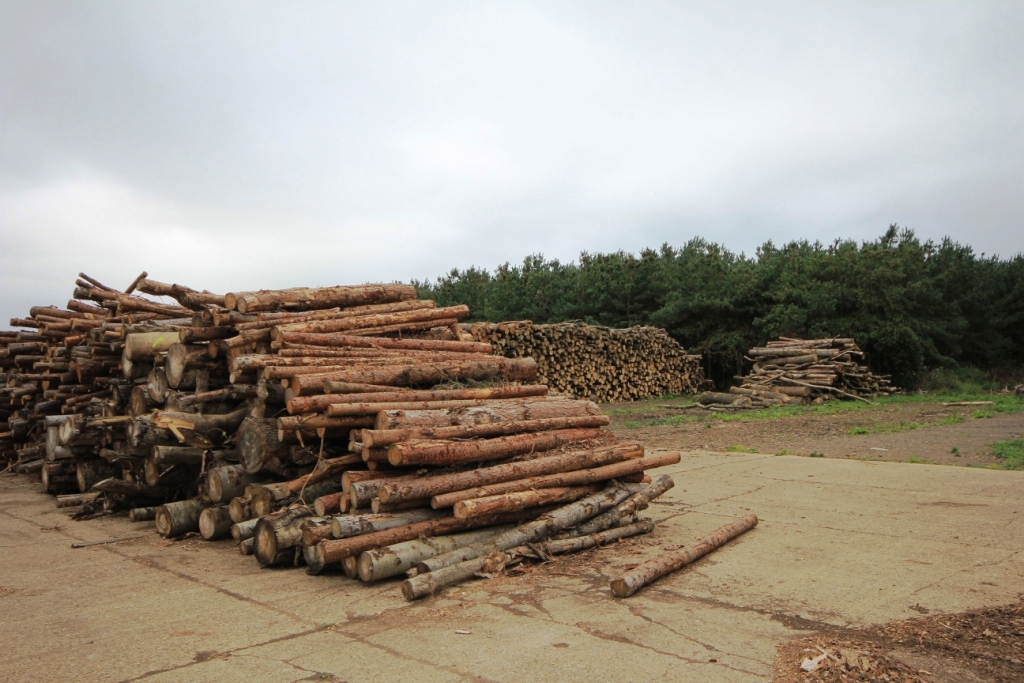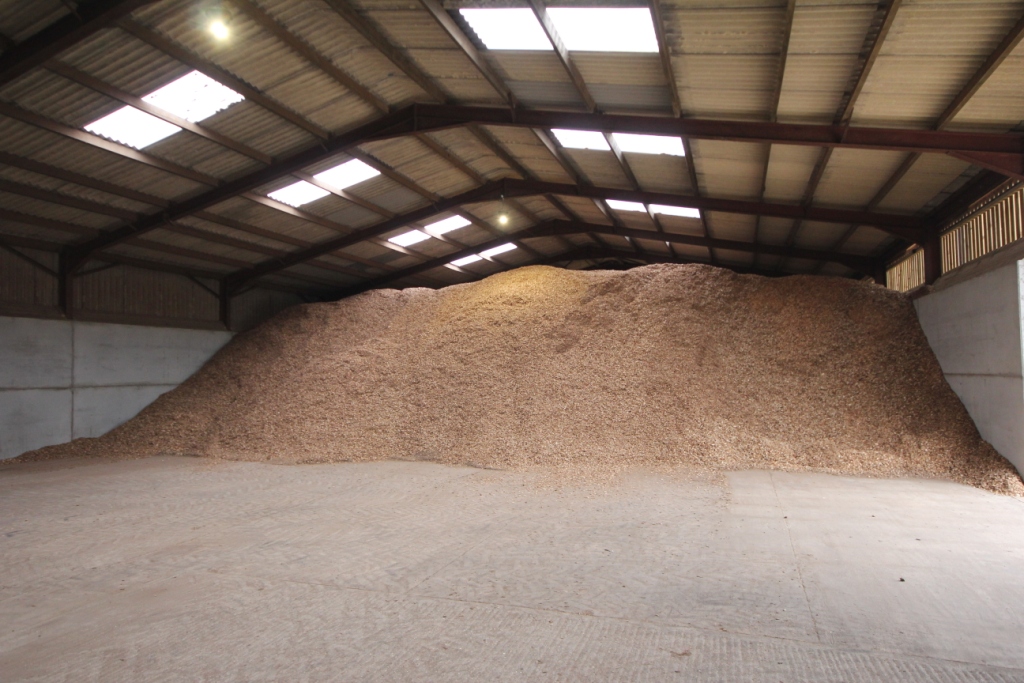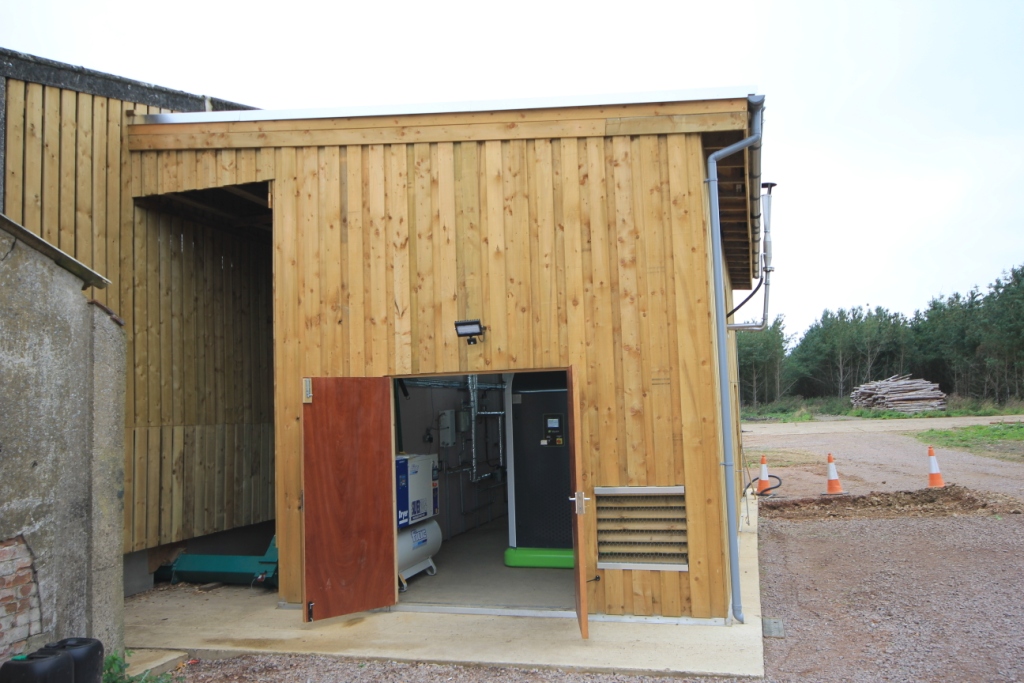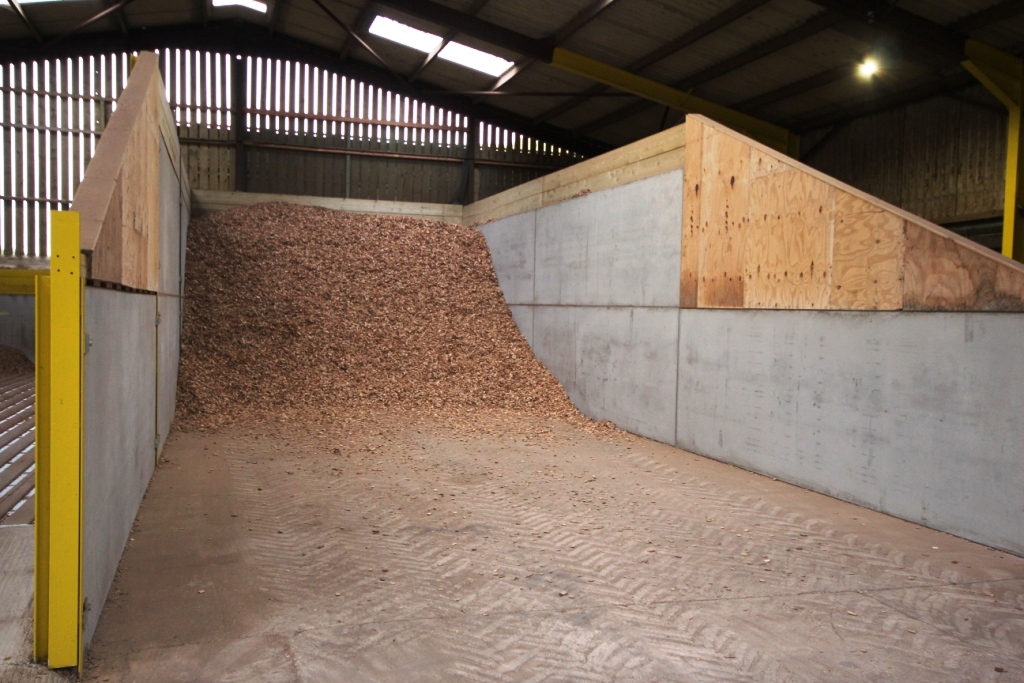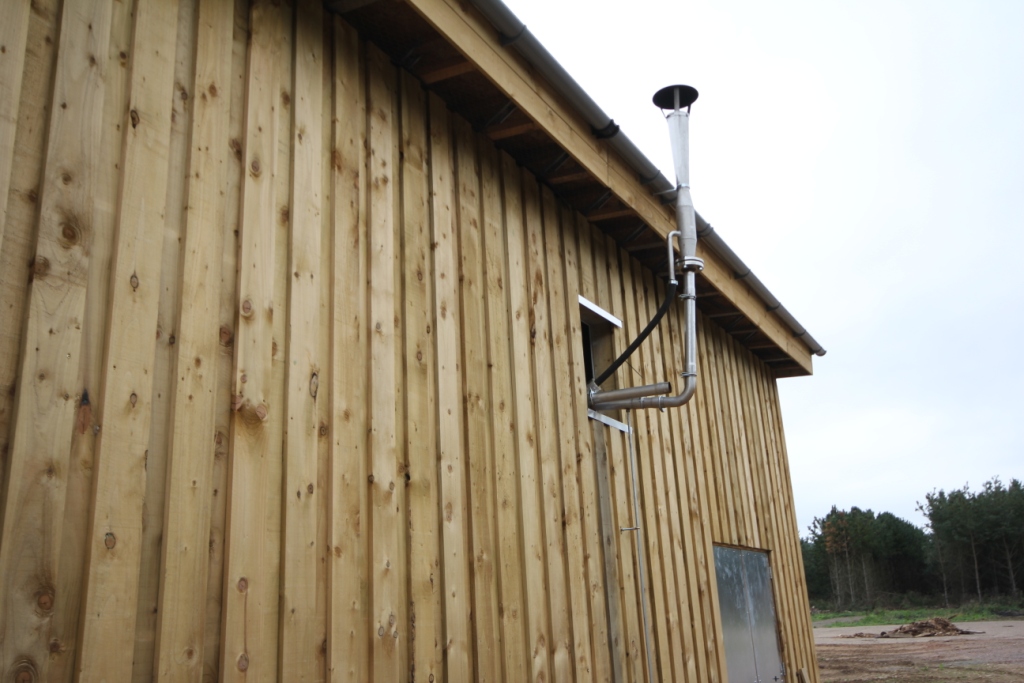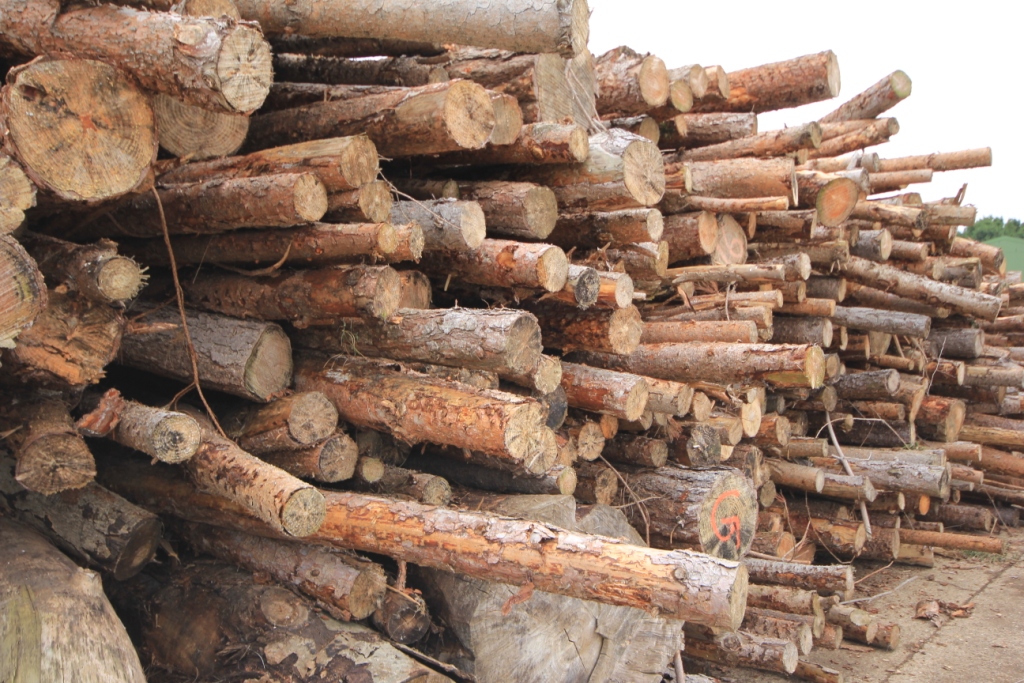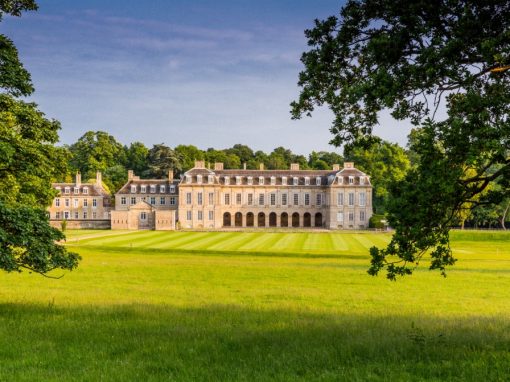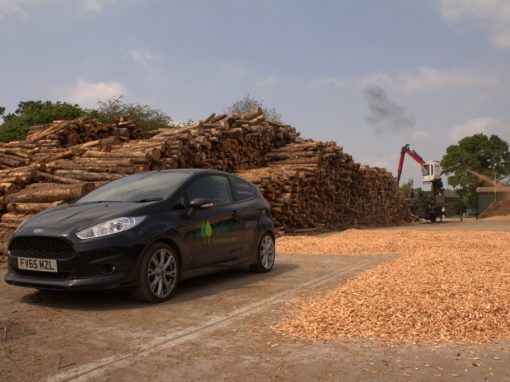Boughton House
Kettering, Northamptonshire
Boughton House as it stands today is largely the work of Ralph Montagu, later 1st Duke of Montagu, who inherited what was then a simpler Tudor building, in 1683.
Montagu had been an English ambassador to France, and he was keen to bring French beauty and style to an English landscape. He expanded his home using contemporary French architectural influences and the resulting masterpiece is often referred to as ‘The English Versailles’.
His son, John, 2nd Duke of Montagu, was passionate about the landscape and made grand changes to the gardens. His new landscape covered 100 acres, with water features, splendid vistas and tree-lined avenues.
What was once a simple Tudor manor, with a Great Hall at its heart, was now a palatial residence on the scale of the most splendid in the country. After the death of the 2nd Duke, the House passed through the female line to noble families whose main residences were elsewhere. The Dukedom of Montagu became extinct and for two centuries, the House ‘slept’.
However in the 20th century it once again became a beloved family home, the residence of the Duke of Buccleuch and Queensberry, a descendant of the Montagus.
Today, the House continues to be a great favourite of visitors looking for peace, elegance and the expression of man’s pursuit of cultural excellence. The House has featured in history and arts programmes, such as ‘Treasure Houses of Britain’, as well as appearing in the Oscar winning “Les Misérables”
As well as the visitors to the house itself, the Estate has several other successful businesses. One of which is a thriving woodland management department. Nearly 25%, or 2500 acres, of Boughton Estate is covered in woodland and has been under the same management for over 300 years. The woodland is composed of mostly of native broadleaf trees, including large areas of semi natural ancient woodland which is one of our most diverse natural habitats.
Boughton harvest approximately 3500 tonnes of timber a year which can range from timber suitable for conversion into logs for stoves (often called cordwood) or woodchip boilers/CHP systems, to first quality ash and oak that may find itself into some of the furniture you might buy. Given the importance of the biodiversity in the woodland Boughton are very careful about how they harvest their wood so as to meet the sustainability requirements of the UK Woodland Assurance Standard (UKWAS) and the Forest Stewardship Council (FSC).
As this side of the Estate has grown, the woodland team increasingly saw the demand for high quality, lower moisture content woodchip. Woodland Operations Manager, Jonathan Plowe, has been with Boughton since 2011 and has seen this first hand:
The Arbor system is the perfect size to make best use of our local resource we have from the estate. Because of the amount of chip the system requires, the amount it can dry for the local market and the size of woodchip shed we inherited its size and outputs fit really well with operation as a whole. The bottom line is that it helps with profitability as it adds value to what was a fairly low value timber
“We were having discussions last year about how we were struggling to meet the demand for high quality chip and this was the direction the market was going. The way we were doing it before was to simply dry chip by air, which resulted in it being too damp and with too many fines for some applications. We knew we needed to do something to be able to compete and the opportunity came along to do both a drying system in conjunction with a biogas CHP system”
Boughton have redeveloped their existing wood processing yard and building to now house a brand new drying floor and an arborElectrogen® 45. The newly installed CHP system produces all the renewable heat they require to now force dry the wood chip to the required level to produce a higher quality chip. All of the electricity produced by the system goes to offsetting the substantial uplift in electricity use that has occurred with the expanded operation with any of the excess being exported to the grid.
As part of the Buccleuch Estates Group, with sister estates in Scotland, the team at Boughton spent time investigating the options of CHP systems available. After extensive research including several site visits to operational installations in Scotland the arborElectrogen® was determined to be the perfect fit for the operation at Boughton.
“There was a lot of research done by the team. The Arbor system is the perfect size to make best use of our local resource we have from the estate. Because of the amount of chip the system requires, the amount it can dry for the local market and the size of woodchip shed we inherited its size and outputs fit really well with operation as a whole. The bottom line is that it helps with profitability as it adds value to what was a fairly low value timber”
Following the success of this first install there are already discussions surrounding an expansion to a second unit. The current installation has maximised the benefit of the existing building the Estate had to use. However, because the drying floor capacity is finite, if the growth of the woodchip business continues at the same pace then a new building and installation may be required to keep up with the increased demand.
Other Case Studies

